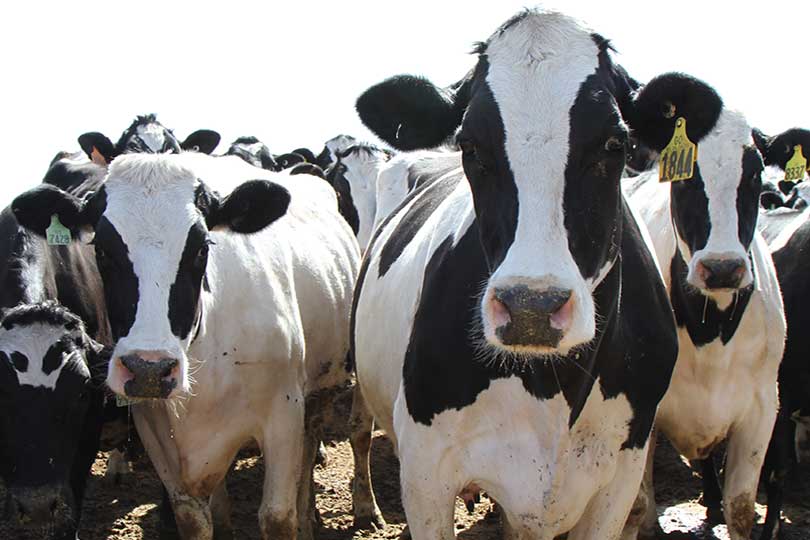The U.S. Department of Agriculture (USDA) extended the deadline for dairy farmers to submit their application for the dairy Margin Protection Program (MPP) until Friday, Dec. 16.
Eligible dairy operations must register for coverage at the Farm Service Agency (FSA) office where their farm records are maintained. The enrollment period opened July 1 and originally was to end Sept. 30, but was extended by the agency until Dec. 16 after lawmakers urged Congress to extend it.
The program, established by the 2014 Farm Bill, offers more extensive coverage for low-margin conditions than previous programs. MPP provides financial assistance to participating dairy producers when the margin, or the difference between the price of milk and feed costs, falls below a coverage level selected by the farmer.
The program is designed to address both catastrophic conditions as well as prolonged periods of low margins. Under MPP, the margin will be calculated monthly by USDA. Average feed cost is determined using a national feed ration that more realistically reflects those costs associated with feeding all dairy animals on a farm on a hundredweight basis.
To be eligible for MPP-Dairy, a dairy operation must:
- Produce and commercially market milk from cows located in the U.S.
- Provide proof of milk production at the time of registration; and
- Not be enrolled in the Risk Management Agency’s Livestock Gross Margin for Dairy Program (LGM-Dairy).
MPP offers dairy farmers catastrophic coverage at no cost to the farmer other than an annual $100 administrative fee and various levels of buy-up coverage. Catastrophic coverage provides payments to participating producers when the national dairy production margin is less than $4.00 per cwt. Dairy farmers may purchase buy-up coverage that provides payments when margins are between $4.00 and $8.00 per cwt.
Dairy farmers can use a web tool to test a variety of financial scenarios before eventually enrolling in the new MPP-Dairy.
Dairy farmers already participating in the program can adjust their coverage, both the milk volume and the margin level, during this enrollment window.
The December World Agriculture Supply and Demand Estimate (WASDE) lowered milk production forecast for both 2016 and 2017, but increased milk price forecasts. The agency says slower growth in cow numbers more than offsets more milk being produced per cow, according to Farm Journal’s Milk.
Price forecasts are positive for all dairy products for 2016 and 2017. All milk prices are forecast higher at $16.05 to $16.15 per cwt. for 2016 and $16.85 to $17.65 per cwt. for 2017.

